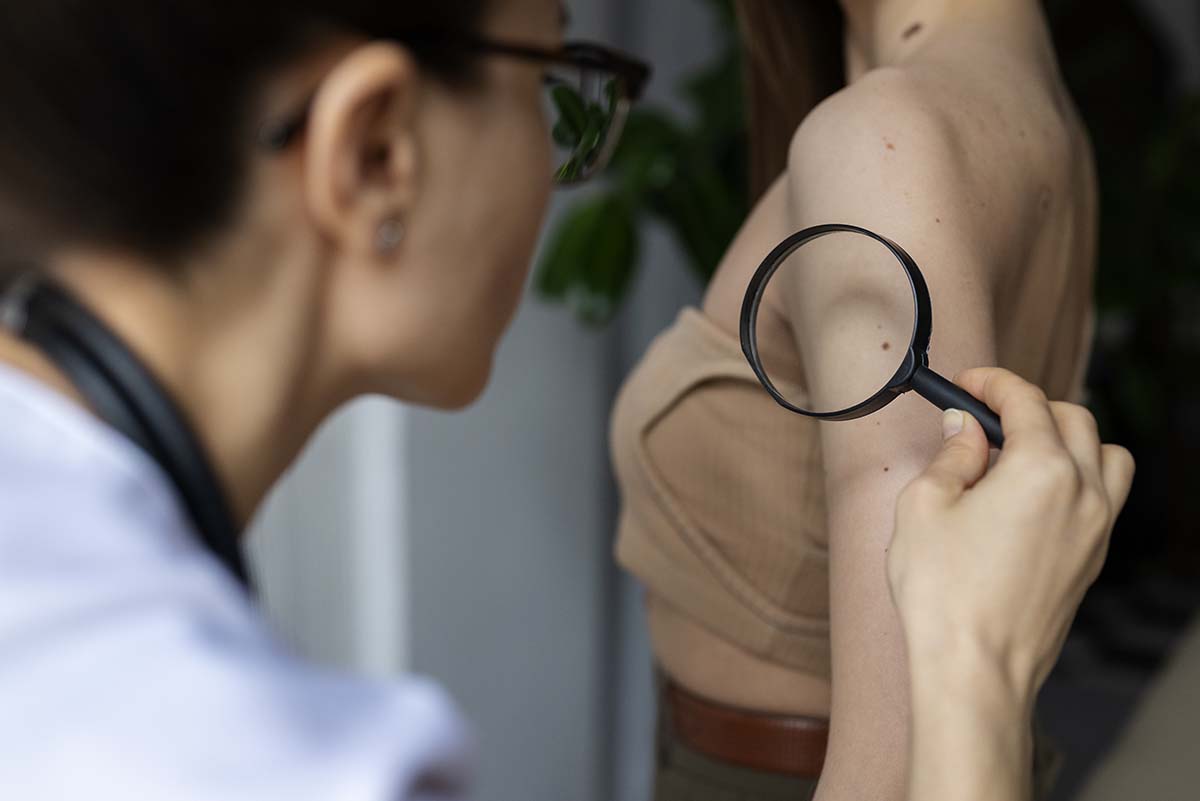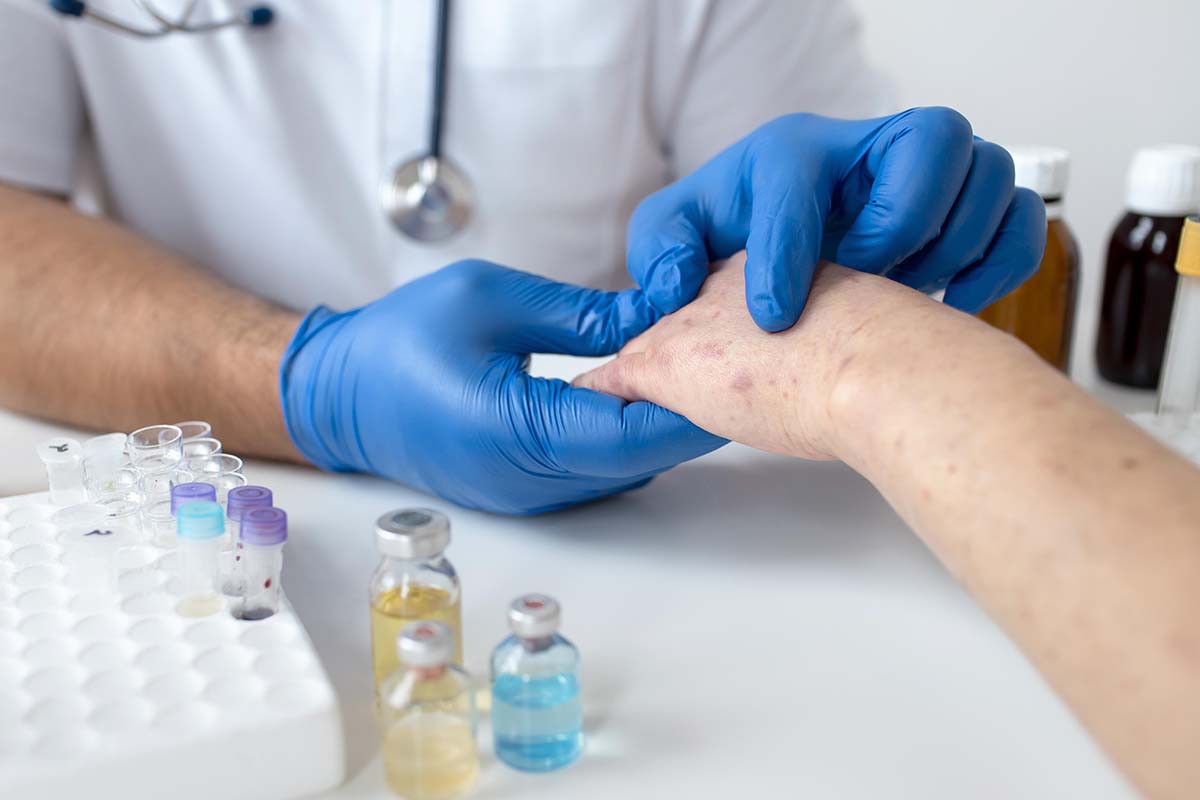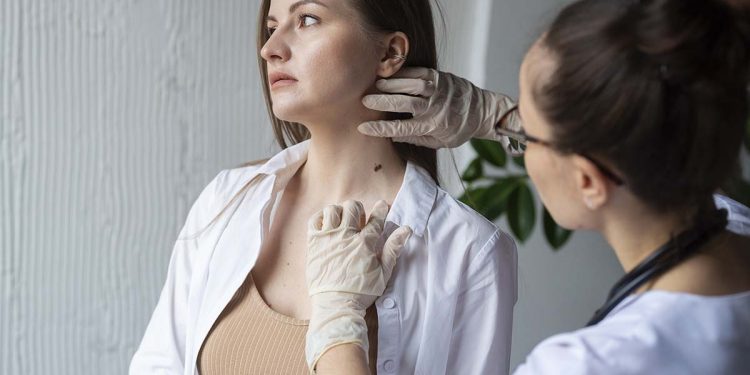The skin is the largest organ of the human body, and one of its main functions is to protect the body from pathogens and the elements. Because of how important the skin is, taking great care of it should come as second nature to us. Unfortunately, it’s not uncommon for people to neglect their skin health. Many individuals tend to forget to use skin protection, leaving their skin exposed to hazards like excessive UV radiation. Continuous disregard of one’s skin health can lead to several skin issues, some more serious than others, such as skin cancer.
Skin cancer is a class of diseases characterised by the abnormal growth of skin cells. It typically develops on skin that’s constantly exposed to UV radiation, such as what may be emitted by the sun or artificial sources like tanning beds. However, there have been cases where it has occurred on areas of the skin that aren’t ordinarily exposed. While most skin cancers grow slowly and can be mistaken for a harmless pimple, scar, sore, or mole, they can spread and become life-threatening if left undetected. In this regard, early detection is crucial so that skin cancer patients can seek treatment. There are several ways skin cancer can be treated, including skin cancer surgery, radiation therapy, or topical chemotherapy.
Are There Different Types of Skin Cancer?
Skin cancer comes in different forms. Depending on the type, it can be categorised into one of two groups: melanoma and non-melanoma skin cancer. Melanoma skin cancer is the least common type of skin cancer that begins in the skin’s melanocytes, which are the pigment-producing cells located on the top layer of the skin. The main function of melanocytes is to release melanin—a dark brown to black pigment—to protect the skin from the sun’s rays. However, constant and prolonged exposure to harmful UV rays can damage the melanocytes, causing them to develop malignant tumours that can spread rapidly. Melanoma skin cancer is known to behave more aggressively compared to non-melanoma skin cancers, and it can develop anywhere on the body.
The second group of skin cancers is non-melanoma skin cancers or NMCS, which are the more common type of skin cancer. They are also typically caused by overexposure to UV light, but unlike melanoma, which starts as tumours in melanocytes, NMSC malignancies slowly develop in the upper layers of the skin. Non-melanoma skin cancer comes in multiple types. The most common are basal cell carcinoma, squamous cell carcinoma, and Merkel cell carcinoma. According to SingHealth, NMSC is the 6th most common cancer in males and the 7th most common cancer among females in Singapore.
What Are Their Most Common Symptoms?
Although it was mentioned earlier that skin cancer may look like harmless blemishes to the untrained eye, dermatologists can typically identify the early warning signs of skin cancer through a visual examination. This is a crucial step in skin cancer detection because it’s performed before the doctor orders a biopsy and reaches a diagnosis. Here are the most common warning signs of some of the different forms of skin cancers:
Melanoma

Melanoma can develop anywhere on the body or on an existing mole that has become malignant. It typically appears on the face or trunk in men and the lower legs in women. It also affects people of any skin tone and can develop on the palms, soles, or under the fingernails or toenails in people with darker skin. Typical signs of melanoma include:
- A large brownish spot with darker smaller spots
- A mole that bleeds or changes in colour, size, or feel
- A smaller lesion with irregular borders and portions appearing red, pink, white, blue or blue-black
- Dark lesions on the palms, soles, fingertips or toes
- Dark lesions on the mucous membranes lining the mouth, nose, anus, or vagina
Basal Cell Carcinoma
Basal cell carcinoma (BCC) usually develops in sun-exposed areas such as the face, neck, and arms. People of every skin tone can get BCC, but those who have fairer skin are more at risk. If BCC isn’t detected or treated early, it can grow deep and penetrate the nerves and bones. Common warning signs of basal cell carcinoma on the skin include:
- A pearly or waxy growth
- A flat, flesh-coloured or brown-coloured scar-like lesion
- A bleeding or scabbing sore that heals but then bleeds again
Squamous Cell Carcinoma

Another skin cancer that typically occurs on the sun-exposed areas of the body is squamous cell carcinoma (SCC). Like BCC, SCC can develop on all skin types, but those who have darker complexions are more at risk of developing it on parts of the skin that are not typically exposed to the sun. Squamous cell carcinoma can also grow deep into the skin if left undetected, causing damage and disfigurement. Warning signs of SCC on the skin include:
- A red firm bump
- A flat lesion that looks scaly or crusted
- A sore that heals then re-opens
Merkel Cell Carcinoma
Merkel cell carcinoma (MCC) is a rare skin cancer that has been detected in a growing number of people in the past few years. It often affects people who are over the age of 65—with the average being 74—and have fair skin. MCC is an aggressive, yet often painless, cancer that can quickly spread to a person’s lymph nodes, brain, bones, liver, or lungs and interfere with their functions. The early signs of Merkel cell carcinoma on the skin include:
- A fast-growing nodule that comes in a shade of red, blue, or purple
- A shiny or pearly lump
- A reddish, scaly, and slightly raised spot that looks like a sore
Skin cancer may look harmless, but if left undetected, it can spread beyond the skin and attack the different organs in the body, becoming more difficult to treat. That’s why it’s important to take excellent care of your skin to reduce your risk of getting skin cancer. If you suspect that you have skin cancer, book an appointment with your physician and have your skin professionally checked.
Disclaimer: The information provided in this response is for general informational purposes only and is not intended as, nor should it be considered a substitute for, professional medical advice. Always seek the advice of your physician or other qualified health provider with any questions you may have regarding a medical condition.





